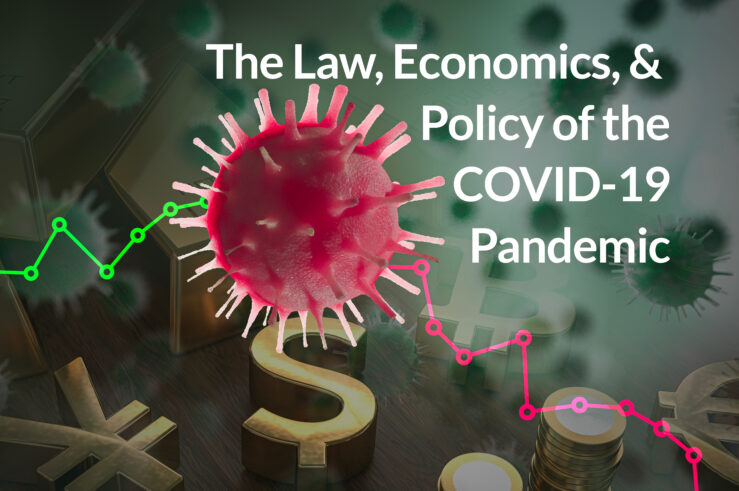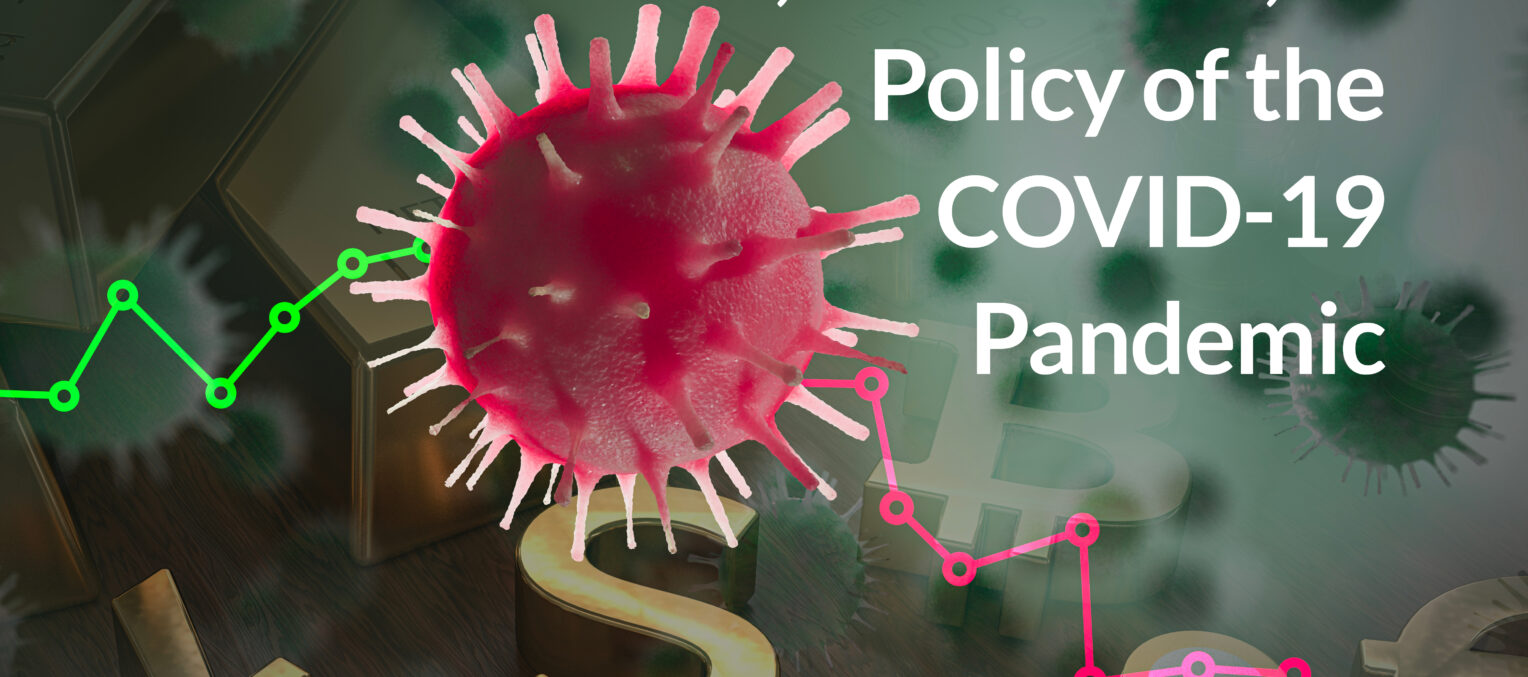
This article is a part of the The Law, Economics, and Policy of the COVID-19 Pandemic symposium.

Peru’s response to the pandemic has been one of the most radical in Latin America: Restrictions were imposed sooner, lasted longer and were among the strictest in the region. Peru went into lockdown on March 15 after only 71 cases had been reported. Along with the usual restrictions (temporary restaurant and school closures), the Peruvian government took other measures such as bans on the use of private vehicles and the mandatory nightly curfews. For a time, there even were gender-based movement restrictions: men and women were allowed out on different days.
A few weeks into the lockdown, it became obvious that these measures were not flattening the curve of infections. But instead of reconsidering its strategy, the government insisted on the same path, with depressing results. Peru is one of the world’s worst hit countries by Covid-19, with 300k total cases by July 4th, 2020 and one of the countries with the highest “excess of deaths,” reaching 140%. Peru’s government has tried a rich country’s response, despite the fact that Peru lacks the institutions and wealth to make that possible.
The Peruvian response to coronavirus can be attributed to three factors. One, paternalism is popular in Peru and arguments for liberty are ignored. This is confirmed by the fact that President Vizcarra enjoys to this day a great deal of popularity thanks to this draconian lockdown even when the government has repeatedly blamed people’s negligence as the main cause of contagion. Two, government officials have socialistic tendencies. For instance, the Prime Minister – Mr. Zeballos – used to speak freely about price regulations and nationalization, even before the pandemic. And three, Peru’s health system is one of the worst in the region. It was foreseeable that our health system would be overwhelmed in the first few weeks, so our government decided to go into early lockdown.
Peru has also launched one of the most aggressive economic relief programs in the world, equivalent to 12% of its GDP. This program included a “universal bond” for poor families, as well as a loan program for small, medium and large businesses. The program was praised by the media around the world. Despite this programme, Peru has been one of the worst-hit countries in the world in economic terms. The World Bank predicts that Peru will be the country with the biggest GDP contraction in the region.
If anything, Peru played the crisis by the book. But Peru´s lack of strong, legitimate and honest institutions have made its policies ineffectual. Just few months prior to the beginning of the pandemic, President Vizcarra dissolved the Congress. And Peru has been engulfed in a far-reaching corruption scandal for years. Only two years ago, former president Pedro Pablo Kuczynski resigned the presidency being directly implicated in the scandal, and his vice president at the time, Martin Vizcarra, took over. Much of Peru’s political and business elite have also been implicated in this scandal, with members of the elite summoned daily to the criminal prosecutor’s office for questioning.
However, if we want to understand the lack of strong institutions in Peru – and how this affected our response to the pandemic – we need to go back even further. In the 1980s, after having lived through a socialist military dictatorship, a young candidate named Alan Garcia was democratically elected as president. But during Garcia´s presidency, Peru achieved a trillion-dollar foreign debt, record levels of inflation, and imposed price controls and nationalizations. Peru fought a losing war against an armed Marxist terrorist group. By 1990, Peru was on the edge of the abyss. In the 1990 presidential campaign, Peruvians had to decide between a celebrated libertarian intellectual with little political experience, the novelist Mario Vargas Llosa, and Alberto Fujimori, a political “outsider” with rather unknown ideas but an aura of pragmatism over his head. We chose the latter.
Fujimori’s two main goals were to end domestic terrorism and to stabilize Peru’s ruined economy. This second task was achieved by following the Washington Consensus receipt: changing the Constitution after a self-inflicted coup d’état. The Consensus has been deemed as a “neoliberal” group of policies, but was really the product of a decades-long consensus among World Bank experts about policies that almost all mainstream economists favor. The policies included were privatization, deregulation, free trade, monetary stability, control over borrowing, and a focusing of public spending on health, education and infrastructure. A secondary part of the recommendations was aimed at institutional reform, poverty alleviation and the reform of tax and labor laws.
The implementation of the Consensus by Fujimori and subsequent governments was a mix of the actual “structural adjustments” recommended by the Bank and systemic over-regulation, mercantilism, and corruption. Every Peruvian president since 1990 is either currently being investigated or has been charged with corruption.
Although Peru’s GDP increased by more than 5% per year for several years since 1990, and poverty numbers have shrunk more than 50% in the last decade, other problems have remained. People have no access to decent healthcare; basic education in Peru is one of the worst in the world; and, more than half of the population does not have access to clean drinking water. Also, informality remains one of our biggest problems since the tax and labor reforms didn’t take place. Our tax base is very small, and our labor legislation is among the costliest in Latin America.
In Peruvian eyes, this is what “neoliberalism” looks like. Peru was good at implementing many of the high-level reforms, but not the detailed and complex institutional ones. The Consensus assumed the coexistence of free market institutions and measures of social assistance. Peru had some of these, but not enough. Even the reforms that did take place weren´t legitimate or part of our actual social consensus.
Taking advantage of people´s discontent, now, some leftist politicians, journalists, academics and activists want nothing more than to return to our previous interventionist Constitution and to socialism. Peruvian people are crying out for change. If the current situation is partially explained by our implementation of the Washington Consensus and that Consensus is deemed “neoliberal”, it´s no surprise that “change” is understood as going back to a more interventionist regime. Our current situation could be seen as the result of people demanding more government intervention, with the government and Congress simply meeting that demand, with no institutional framework to resist this.
The health crisis we are currently experiencing highlights the cost of Peru’s lack of strong institutions. Peru had one of the most ill-prepared public healthcare systems in the World at the beginning of the pandemic, with just 100 intensive care units. But there is virtually no private alternative, because that is so heavily regulated, and what exists is mostly the preserve of the elite. So, instead of working to improve the public system or promote more competition in the private sector, the government threatened clinics with a takeover.
The Peruvian government was unable to deliver policies that matched the real conditions of its population. We have, in effect, the lockdown of a rich country with few of the conditions that have allowed them to work. Inner-city poverty and a large informal economy (at an estimated 70% of Peru’s economy) made the lockdown a health and economic trap for the majority of the population (this study of Norma Loayza is very illustrative).
Incapable of facing the truth about Peru’s ability to withstand a lockdown, government officials relied on regulation to try to reshape reality to their wishes. The result is 20-40 pages of “protocols” to be fulfilled by small companies, completely ignored by the informal 70% of the economy. In some cases, these regulations were obvious examples of rent-seeking as well. For example, only firms with 1 million soles (approximately 300,000 USD) in sales in the past year and with at least three physical branches were allowed to do business online during the lockdown.
Even after the lockdown has been officially terminated since July 1st, the government must approve every industry in order to operate again. At the same time, our Congress has passed legislation prohibiting toll collection (even when is a contractual agreement); it has criminalized “hoarding” and restated “speculation” as a felony crime; and a proposal to freeze all financial debts. Some economic commentators argue that in Peru the “populist virus” is even worse than Covid-19. Peru’s failure in dealing with the virus must be understood in light of its long history of interventionist governments that have let economic sclerosis set in through overregulation and done little to build up the kinds of institutions that would allow a pandemic response that suits Peru to work. Our lack of strong institutions, confidence in the market economy, and human capital in the public sector has put us in an extremely fragile position to fight the virus.



